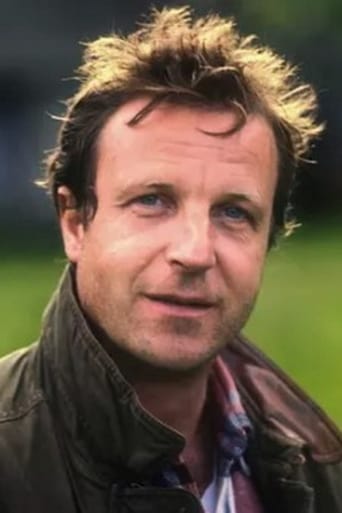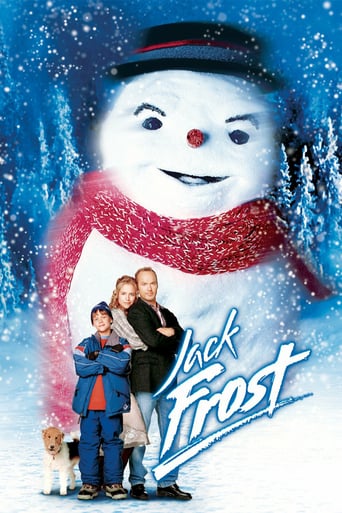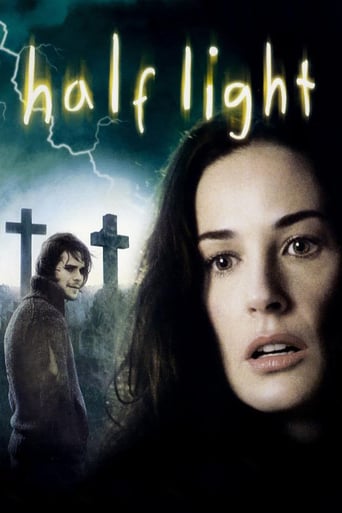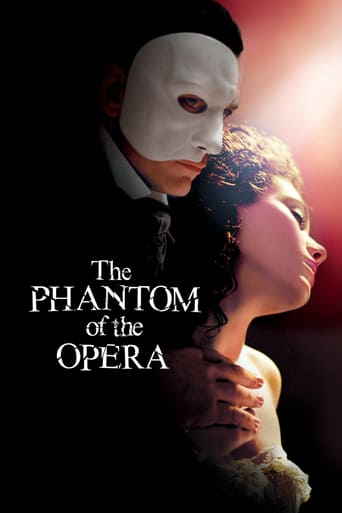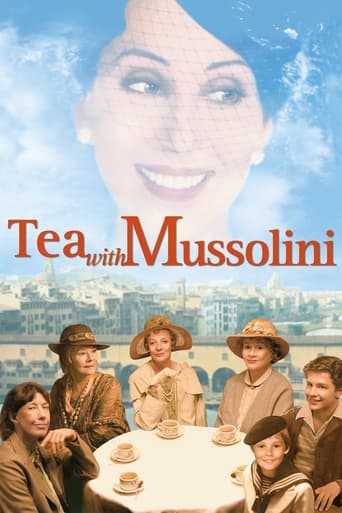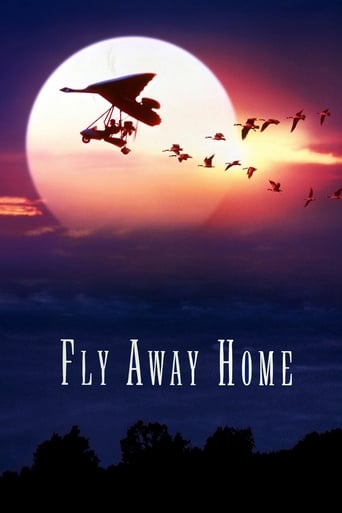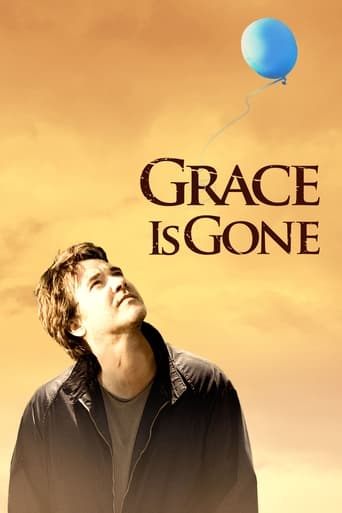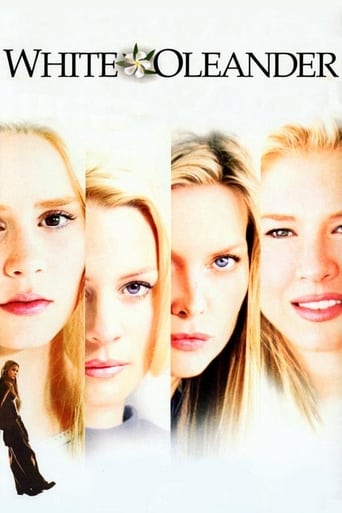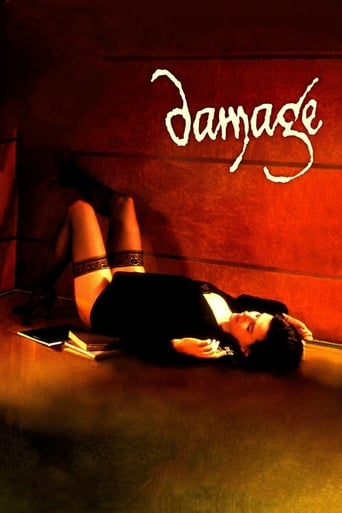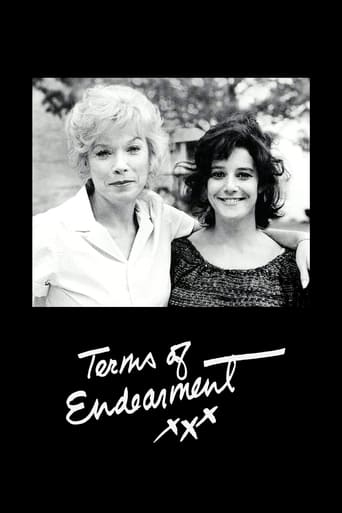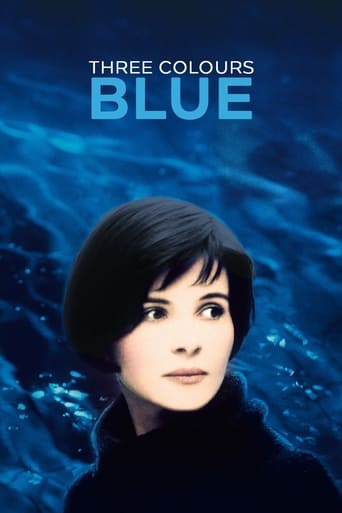
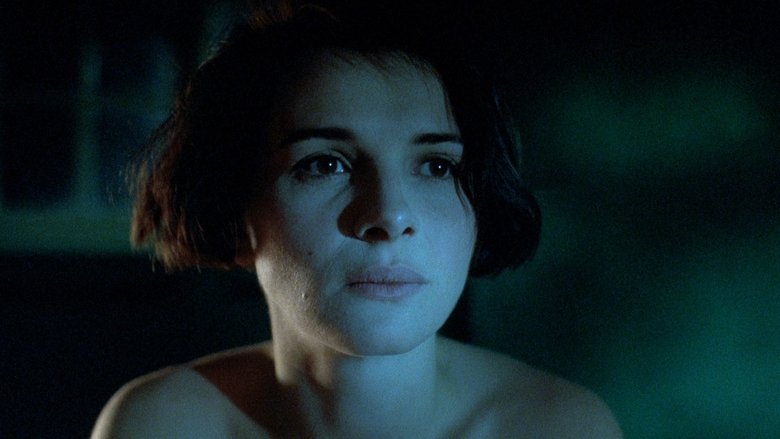
Three Colors: Blue (1993)
The wife of a famous composer survives a car accident that kills her husband and daughter. Now alone, she shakes off her old identity and explores her newfound freedom but finds that she is unbreakably bound to other humans, including her husband’s mistress, whose existence she never suspected.
Watch Trailer
Cast


Similar titles
Reviews
The director and the cast made an amazing job in this film. What I liked most about this film is that every detail is very well-written and thinked. Moreover, the film itself has a cozy and comfortable atmosphere; I don't really know to how to explain this. In conclusion; the film deserves a 10/10 in my opinion.
Blue, sky and sea are icons and they have a relaxing effect on human psychology. When we open our window every day or step on the street, the sky above us like an infinite dome is blue. We often see blue tones in the film. These colors that Julie confronts show her the transition to a peaceful life. In general I can say that I watched a great drama film. The use of musical stage and color is very successful. My favorite movie in the trilogy.
"Now I have only one thing left to do: nothing. I don't want any belongings, any memories. No friends, no love. Those are all traps." Krzysztof Kieślowski's 1993 French drama film 'Three Colors: Blue' is one of three films from the Three Colors trilogy (all directed by Kieślowski, the other colors being White and Red), depicting the first color in the French flag, standing for liberty. But how does the first installment of this trilogy series play out? Let's take a look. The film tells the story of a beautiful young woman named Julie (Juliette Binoche) who survives a car crash while tragically losing her musician husband and daughter and later on becomes haunted by grief. Filled with remorse and bitterness, she tries to shut out memories of the past and the world itself to melt into her own misery, at one point indulging herself in trying to swallow a capsule of pills, another by scraping her bare knuckles against a stone wall as she walks along, drawing blood. In a close-up shot for one scene in a café, we see her dipping a sugar cube in some coffee, showing us how once something pure can quickly become stained as her life had now become. Certain sounds amplify the story at certain and are key, allowing the film to breathe in a sense as would the incomplete piece her former husband wrote with its beats, tempos and musical nuances or as any other arrangements of composed music as well. Besides the many things being blue that are in this film, the primary focus are what we as the audience will either sense or feel throughout. Whenever Julie encounters a friend from the past, the screen fades to black and we hear a chord from her husband's unfinished symphony. Moments later the screen fades in again and we return to the scene at hand. Here we are to experience the emptiness of this character's psyche for a brief moment and her yearning to be set free from what has ensnared her being. We hear more than we see rather; her inner anguish writhing within followed by the sudden oomph from the full orchestra whenever it fades to black. This happens two or three times more in the film; fading to the darkness for an instant, the chord of a symphony and then fading back in. When something is repeated it is usually for emphasis, and in this particular scenario the director allows sound as well as sight to flourish in volumes. To the sound of a homeless street performer droning her deceased spouse's tune on a recorder to almost being able to smell the hot coffee in a local café, this picture is truly a film for the senses. 'Blue' weaves a mysterious orchestra of senses and emotions together all on its own to capture the essence of grief, loss and the uncertain bonds that must be mended regarding the present state and the future.
This is the first film in Polish director Krzysztof Kieślowski's Trois couleurs trilogy based on the French Revolutionary ideals of liberty, equality, and fraternity. The high point is Sławomir Idziak's sumptuous cinematography and when all is said and done, 'Blue' is a fine film to look at. But in terms of story, it's also a slow-moving affair and if you don't have a lot of patience, you might find the narrative an exercise in unfortunate ennui.Juliette Binoche plays 'Julie' whose famous composer husband and young daughter are killed in a car accident at the beginning of the film. Totally shattered, Julie first attempts suicide but can't go through with it. Instead, she decides to withdraw from life by putting up her home for sale, place her Alzheimer's afflicted mother in a nursing home and renting an apartment in Paris without telling any of her friends and family. She also destroys her husband's unfinished musical score (commissioned to promote European unity), which she may have actually composed herself.The main question we're left with (as robot-like Julie makes her way through her self-imposed life in exile) is, when will she come out of it? Along the way, however, she's determined to prove that she can go through life with all her emotions deadened, as a sort of impotent protest against the cruel fate bestowed upon her. Hence, when Olivier, a former composer colleague who's in love with her, finally finds out where she's moved to, Julie has sex with him and then cruelly tells him never to see her again. And then there's all those scenes swimming in the pool—we hear the booming sound of the unfinished symphony impinging on Julie's consciousness. This obviously signifies her inability to repress her emotions completely.Kieślowski argues that in the mourning process there comes a point where demands for kindness in ordinary life must intrude on the mourner's determination to maintain their inflexible stance of anger and denial. Case in point: Julie answering exotic dancer's Lucille's call for help when her father shows up at the strip club. Or Julie deciding not to hold a grudge against Sandrine, her husband's mistress, by allowing her and the new baby, to live in her family's home. While Julie probably is still not overjoyed by Sandrine's actions, this is her way of 'moving on', and also acknowledging that she must help the baby, which belongs not only to Sandrine, but to her late husband as well.Julie finally breaks out of her shell by getting involved with Olivier. At the denouement, Olivier gives Julie the ultimatum about the unfinished score (a copy turns up preserved)—he'll complete it with all its 'roughness' or Julie will take over completely, but admit to current and past authorship. But Julie's decision is ambiguous in terms of who takes credit—what's important is that she's involved in collaborating and is no longer alarmingly self-absorbed. As the presumed completed symphony plays, we see shots of the various individuals who Julie touched, in spite of her self-defeating but thankful short-term exile. And the housekeeper who earlier cries for Julie because she's unable to mourn, can now rest assured that Julie is finally beginning to cry herself.Part of the 'Blue' problem is that there is no external conflict going on. The conflict exists solely in Julie's mind. The characters that impinge upon her are not developed in great detail—they exist as a catalyst for Julie's recovery. There's also the natural tendency to feel sympathy for a character that has experienced an unfathomable tragedy. Nonetheless, Julie's recovery is rather predictable and I'm not convinced that explorations of the mourning process in itself, should really be the subject of a full-length feature film. On the other hand, if you're a patient film goer, the film's visual palate, is worth the price of admission.



